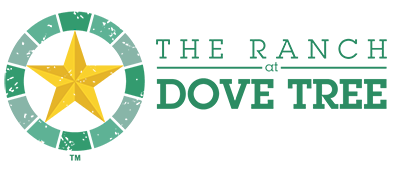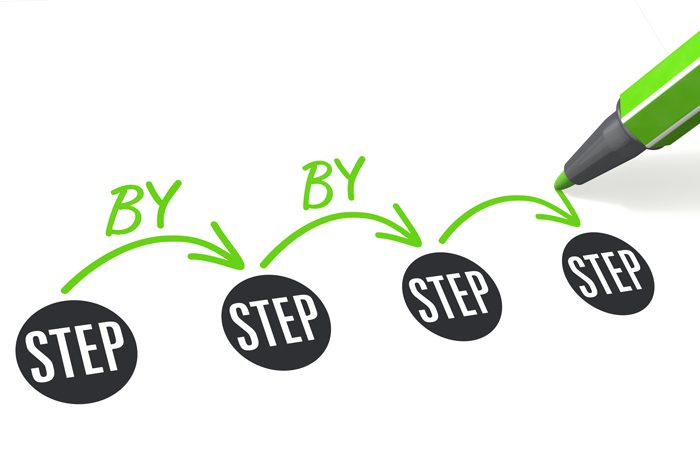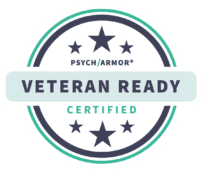The 12-step process is one of the oldest models for addiction treatment.
It’s been used by Alcoholics Anonymous and others for more than 70 years to help individuals come to terms with addiction, deal with past hurt, and move forward for the future. The steps are intended to be used in a group, so that each individual who moves through the steps has the support of others in recovery.
How effective are they?
Because the 12-step model has been around for a long time, there is a lot of research about its effectiveness. The Center for Alcohol and Addiction Studies has found that the 12-step program is particularly effective for people who are socially influenced to abuse substances (for example, if they have many friends who drink or use). Other studies have linked the 12-step model to staying in treatment longer, and higher abstinence rates after treatment is complete.
How do the 12 steps work at The Ranch at Dove Tree?
At The Ranch at Dove Tree, we use several different evidence-based techniques to treat addiction, including the 12-step model. Combining multiple different strategies allows us to customize treatment to each unique individual’s needs. The 12-step model, which can be integrated into group therapy, is a key part of our recovery process.
But, what do the 12 steps say?
Each organization adapts the 12 steps to meet their own mission and goals. However, several key strategies are central to the 12-step approach:
Admit that you are powerless over drugs or alcohol. (Step 1)
Step 1 is about coming to terms with the reality of your disease. The 12-step model says that healing is impossible until you admit that your addiction is a serious problem that you cannot control on your own. Accepting that you are powerless is scary, but it can also be freeing. Once you recognize that you’ll need support to recover, you can stop trying to contain your illness by yourself and start getting the help you need.
Seek a spiritual awakening. (Steps 2, 3, 6, 7, 11, 12)
Traditionally, 12-step programs are rooted in spirituality. The model used by organizations like AA does not specify one god or religion, but it does encourage members to connect with their own understanding of a higher power. Even if you do not believe in an organized religion, spirituality can be a key part of the recovery process. These steps are about looking outside yourself and finding a purpose for your life beyond addiction.
Take a moral inventory of yourself and admit your wrongs to others. (Step 4)
The 12-step process is about recognizing that you cannot control your addiction alone, but that is not the same as releasing all responsibility. Understanding the ways your addiction has harmed you and other people is an important part of improving in the future. Both individual and group therapy can help you navigate this process. It’s particularly important to acknowledge your wrongs to other people so you can move past pain you have been harboring for a long time.
Make amends. (Step 5, 8, 9)
Once you understand and acknowledge past behaviors, the 12-step model asks you to make amends to those you have hurt. Relationships, especially with family and loved ones, are a very important part of recovery. Acknowledging and making amends for mistakes will not only help you move forward, but it will also allow you to rebuild relationships. Loved ones can support you through recovery and will enrich your life after treatment.
The 12-step model has a long track record of helping individuals fight addiction. If you are interested in learning more about the 12 steps, or other strategies for addiction treatment, reach out to us today.













